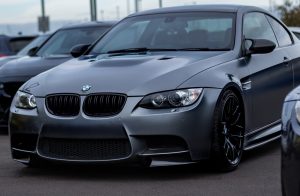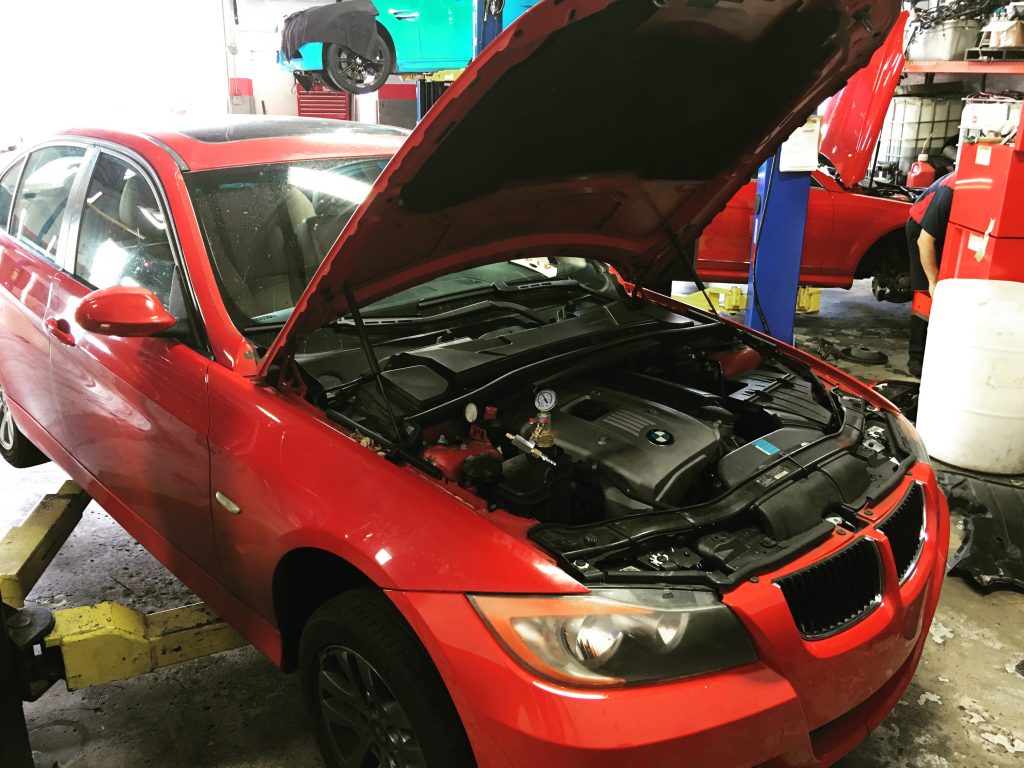With the latest G20 BMW 3 Series out, it’s a better time than ever to talk about the extensive history of BMW’s beloved compact sedan. Initially incepted in the mid-1970s, the BMW 3-Series was built and marketed as a sport-infused compact sedan. However, with such an enduring and persistent demand for the BMW 3 Series, generation after generation, it is quite a testimony to BMW’s consistent engineering brilliance.
In June of 1975, the first generation of the BMW 3 Series was born, the E21. Borrowing design cues from the gorgeous BMW 2002, the E21 remains a design classic. It was initially only available in a sleek, coupe body. Propelled by a selection of four and six-cylinders, and intriguingly, the adoption of the Bosch K-Jetronic fuel injection for the 320i and 323i models translated to a relatively surprising efficiency. It was an enamoring little guy, garnering accolades such as ‘the world’s best sedan’, and shifting an all-time high of 1.4 million units worldwide. Intriguingly, the lower output models (316 and 318) had single round headlamps, while the rest received twin headlamps. Cabriolet ‘Baur’ models were available in limited quantity too.
With such impressive sales, the E21 had a slow phase out, it’s not until 1983 before BMW finally halted productions. Introducing the all-new BMW E30, which still had the defining round headlamps and boxy styling. The big change made here are significant body strengthening over its predecessor and the introduction of the four-door and wagon or touring body styles. It was still a big hit, but the headline here is the E30 M3. It’s not just a performance enhancement, it was a total redesign with new body panels, widened track and comprehensive rehash of the suspension. It’s motorsport success also graced us with the homogenization specials, the Evo 1, Evo 2 and Sport Evolution variants. While the E30 M3 only had 4-cylinders to work with, it was certainly no slouch with its impeccable dynamism.
While the E30 continued production, 1990 was the debut of the BMW E36. Forsaking the classic styling, BMW finally made the move to modernize the BMW 3 Series. While it can be argued that it isn’t quite the stellar looker, it was a marked improvement in multiple measures. A new, proper Z-axle rear multi-link setup combined with a 50/50 weight distribution tidied up the uncouth ride noticeably. The new E36 model was centric on inline-6 engines, and fortunately, the new M50 DOHC 24-valve inline-6 engine was plenty robust and brawny. In fact, in its 325i form which also came with VANOS after 1993, Car and Driver timed it at around 7.0 seconds for a century sprint. The sweet sonorous yet smooth inline-6 note paired with contentious performance and smooth ride made the E36 an immaculate cruiser.
BMW 3 Series

In the very late 90s, BMW released the next encore – the E46 3-Series. Boasting an arguably improved aesthetics, it was yet another hit. Mechanically it was largely unchanged, albeit with more weight-cutting and body stiffening. The 328i model was replaced by the 330i in a mid-run face-lift and offered a lot more grunt along with it. It was undoubtedly stupendous to drive, but the E46 M3 really took the limelight here. It really shifted the M3’s focus from a sleek darty coupe to a muscular brute that preserves the 3-Series’s driving quality. And then there’s the frankly ludicrous ‘race-car with a license’ M3 GTR that enjoyed prominent feature in the 2005 Need for Speed: Most Wanted.
With a major skip in model numbering, the 5th generation E9X BMW 3 Series was introduced in 2004. The 2006 335i model also marked BMW’s first attempt at a turbocharged 3-Series in the pursuit for better efficiency without forgoing performance. The E90 models also brought along with it run-flat tires. Most importantly though, the E9X models may look vastly different, but it still preserved, even improved on the 3-Series’s renowned handling with unmatched steering feel and ride thanks to a further revised rear-axle multi-link suspension. The E92 M3 was particularly adored for its very high-revving 4.0-liter naturally-aspirated V8.
Finally, the sixth generation F30 3-Series. Made public in 2011, the F30 3-Series dialed back on the throttle. To meet ever-stringent emissions, BMW opted for extensive usage of small-displacement turbocharged engines, while cutting weight to offset for the power loss. The interior was upgraded to bring it up to par against competing models, but the driving dynamics still remains. Interestingly, the 335d with its twin-turbocharged inline-6 diesel engine would outrun an E93 M3 with the V8 in a dash to 62 mph.
Of course, the F30 3-Series is now going to fade out as BMW announces the G20 3-Series. However, if there’s one thing that’s for sure, people love the BMW 3 Series for its enthralling driving experience. In a world where sportiness is currently dominant, BMW already has a head start, and it’ll be curious to see how would they orient the endearing BMW 3 Series.

